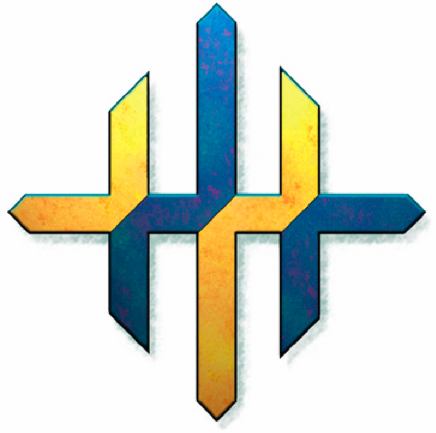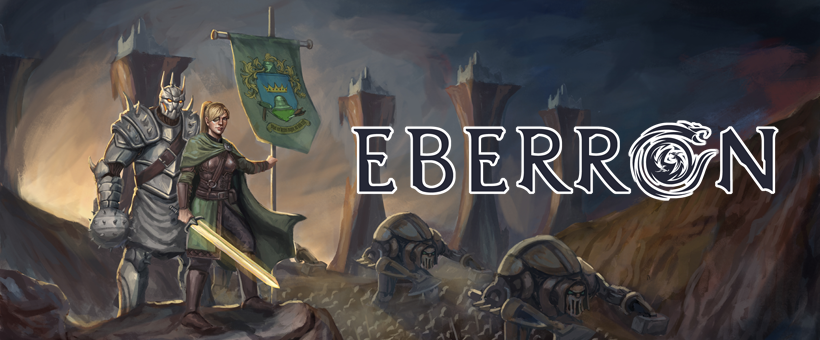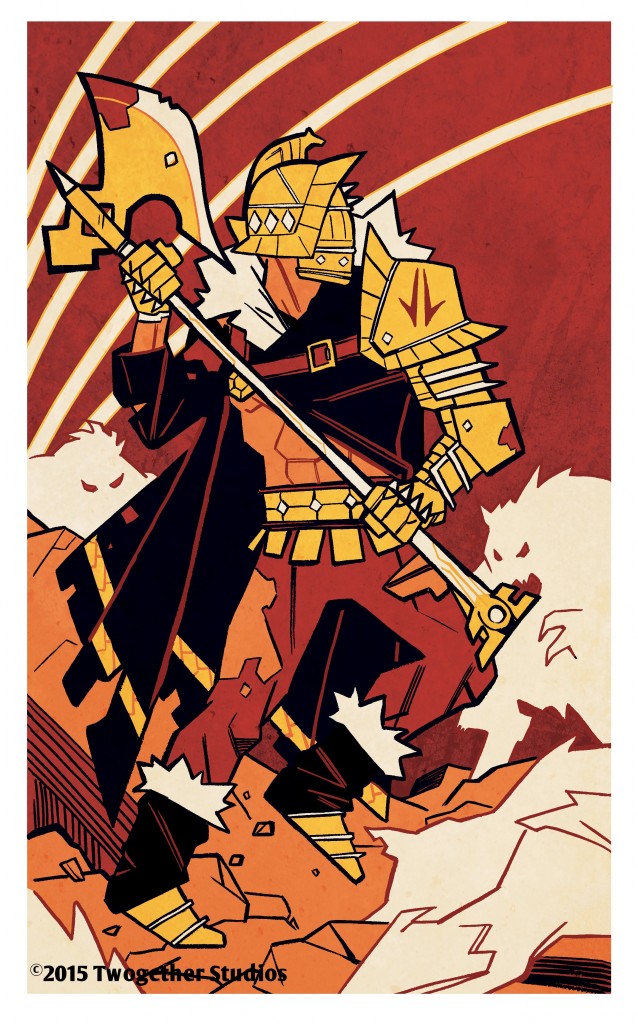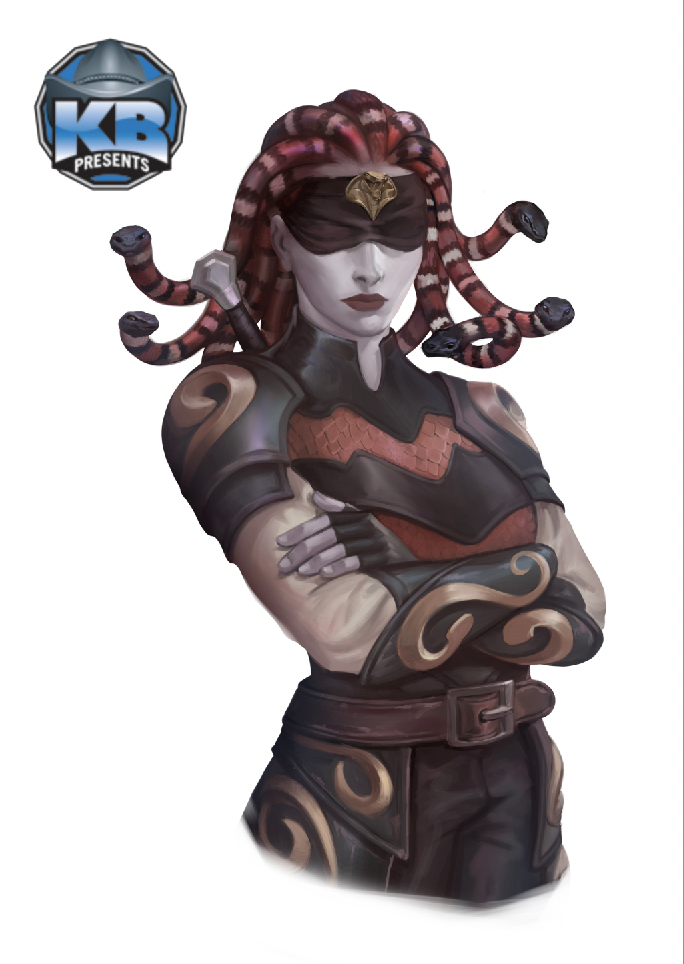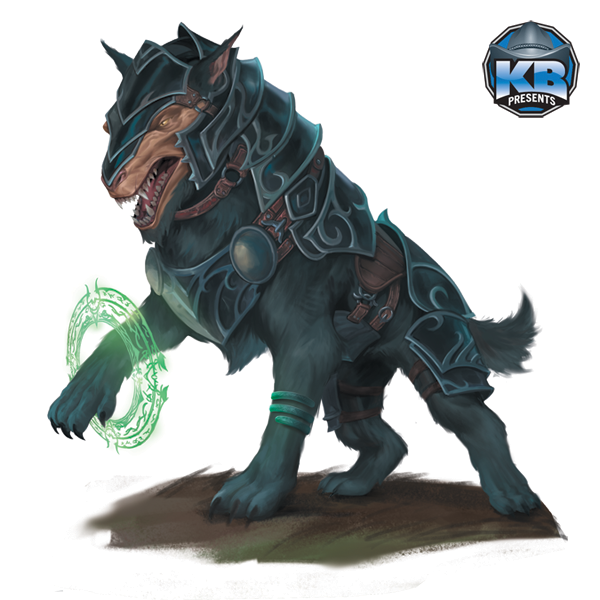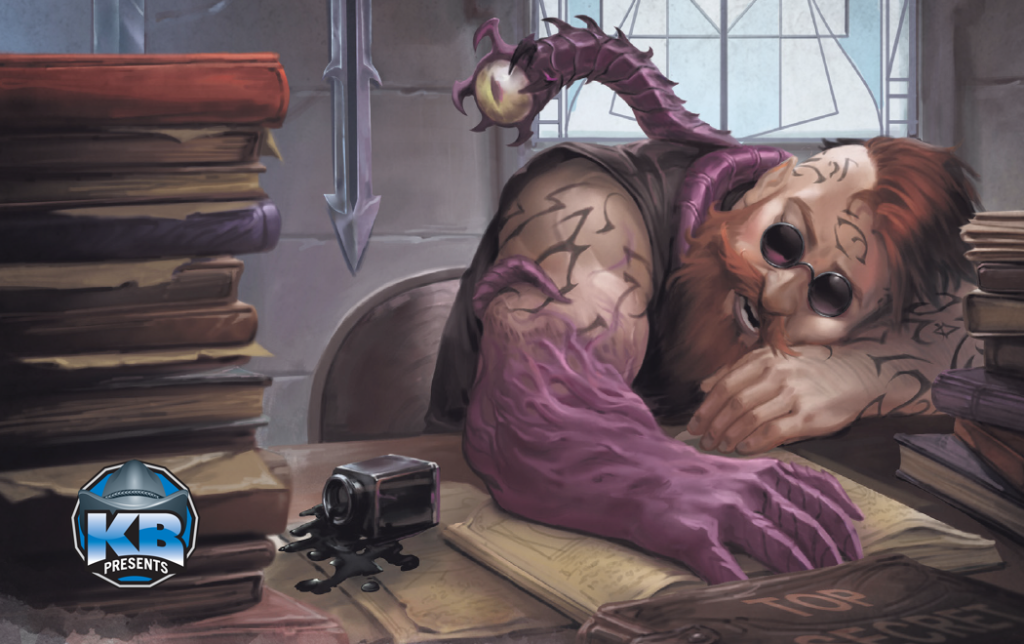
As time permits, I like to answer questions posed by my Patreon supporters. Here’s one from this month…
You often suggest questions for new players starting a campaign to spark some character motivation. “Why do you owe/need 200gp?” “What is something you regret?” What would you suggest a good prompt would be for a campaign set in the Principalities?
This is, indeed, something I suggest. What’s your greatest regret and Why do you need 200 GP? are both mentioned in Eberron Rising From The Last War. As a DM, what I like about What’s your greatest regret is that it immediately gives me ideas about who the character is and about situations to work into future adventures. Can I squeeze in a chance for the character to regain something they’ve lost or to redeem their past mistake? Meanwhile, why do you need 200 gp is a way to give a concrete NEED that drives the story. You aren’t just taking this kill-rats-for-5-gp job because you have nothing better to do; you only have two weeks to pay off the Boromar Clan before they come after you!
In Chronicles of Eberron, I suggest another of my favorite background questions—What did you do during the Last War? The Last War lasted for a century, and came to an end only two years before the default campaign start. Many of the current nations didn’t exist or weren’t officially recognized during the Last War; if you’re from Droaam, you’re probably older than your nation. If you’re playing a fighter, did you serve in the war? If so, who did you fight for… and if not, why not, when you clearly have the skills? Was your ranger a scout, or were you a smuggler? Did you artificer repair weapons of war, or did you help warforged deserters build new lives? A follow up question is what did you lose during the Last War—a friend? Your home town? Your faith in the Sovereigns?
Part of what I like about questions like this is that they give me an immediate sense of the character without providing too much detail. I don’t actually WANT a player to show up to session zero with a ten-page backstory already written about their character, because I want the player characters to evolve together. You can add details to your character’s backstory over time. If we all agree that you served Breland during the war, and served on the Breland-Droaam border, then in a later adventure when you meet a worg ranger we can say Oh, of course—you met Ja’taarka when you were serving at Orcbone! That was that long patrol—you saved his life and you helped him find your way back home. If the player has carefully documented every battle they fought in, that’s more likely to get in the way of the unfolding story. But having a general picture—I fought for Breland on the Droaam front, and my brother was killed by minotaur raiders from Turakbar’s Fist—gives us a strong basic foundation we can build on.
Questions like this work with character background, but don’t define it. Critically, just because you fought in the Last War doesn’t mean you need to take the Soldier background. The benefit of the Soldier background is Military Rank, which establishes that you get recognition and respect from other soldiers (regardless of their nationality!). To me, this indicates that you were essentially a war hero—lots of people fought in the war, but any soldier knows YOUR story. Meanwhile, if you were a quartermaster you might take the Guild Artisan background. Entertainer? Perhaps you were the company musician before you launched your professional career. The direction-finding abilities of an Outlander are perfect for a scout. Your Acolyte could have been the chaplain, while your Criminal could have worked with the black market during the war—or simply gotten into crime afterwards. Essentially, the war is so far reaching in Eberron that fought in the war isn’t a defining background; it’s just a shade of it.
So: I like to present players with one or two interesting questions at the start of a campaign, as prompts to story. With that in mind, let’s get back to the original question… What would be a good prompt for a campaign set in the Lhazaar Principalities?
Any of the questions mentioned so far would work for such a campaign. Even pirates have regrets. Perhaps your party has a boat, but you need 200 gp to pay off your docking fees! And what DID you do during the Last War? Were you a pirate? A privateer? An innocent fisher whose boat was destroyed by Karrnathi soldiers during a navel battle? But I understand that the SPIRIT of this question is What’s a unique and interesting prompt for Lhazaar characters? Thinking about it, my question is…
What’s your most famous ancestor known for?
| d12 | What’s Your Most Famous Ancestor Known For? |
| 1 | Brutal Piracy. It’s not rust that stains the shores of Orthoss red—that’s the blood spilled by your ancestor, said to be one of the most merciless pirates to sail the Lhazaar Sea. |
| 2 | Buried Treasure. Your ancestor amassed a legendary hoard, including priceless artifacts from Aerenal. But they swore that no one would ever find their treasure… and no one ever has. Can you claim your long-lost inheritance? |
| 3 | Turtle Hunting. Drake hunting plays an important role in the Principalities, and your ancestor was the greatest turtle-hunter of them all. It’s said turtles still quake when you speak their name. But your ancestor was eaten by a particularly large and vicious dragon turtle, who’s still at large; do you want revenge? |
| 4 | Humiliating Defeat. Your ancestor had grand dreams and early success, only to come to an especially embarrassing end. There’s a popular song about it. Who was their enemy? Do you believe there’s more to the story… or was your ancestor, in fact, an idiot? |
| 5 | Prince of an Ancestor. There’s an annual holiday in Port Verge celebrating the deeds of your ancestor, a folk hero who clashed with Galifar and Riedra but always shared their bounty with people in need. They became a prince through popular acclaim and reigned over a golden age. Think you can live up to that? |
| 6 | Fishing. Your ancestor was a pacifist who condemned both piracy and all forms of bloodshed, and who encouraged the people of the Principalities to focus all their efforts on fishing and trade. Do you support their views, or are you tired of people making fish jokes every time you walk in the room? |
| 7 | Betrayal. First, your ancestor led a mutiny and took a ship from their captain. Then they murdered a prince and claimed a crown. Their reign only lasted for a single generation, but it was marked by countless acts of ruthless betrayal. Are you equally deceptive, or are you ashamed of their legacy? |
| 8 | Trafficking with Malefic Powers. Your ancestor was said to be a warlock whose success was the result of deals with immortal evils. Do you believe these stories or do you think it’s jealous slander? Could you have inherited some sort of vile pact without knowing it? |
| 9 | Carrying the Light. The people of the Principalities aren’t especially devout, but your ancestor was a missionary who briefly inspired a strong following that still lingers to this day. What faith did they follow? Do you uphold this tradition? |
| 10 | Haunting The Lhazaar Sea. Your ancestor died long ago, but they still sail the sea in a ship of shadow and bones. Were they a brutal raider who still seeks to slake their thirst for blood? Or is their undead existence the result of a curse—they’re forced to wander the waters until they right an ancient wrong? |
| 11 | Pirate and Poet. While your ancestor was a pirate for a short time, what they are known for is their poetry; they created countless shanties that are still sung to this day. If you’re an entertainer or bard you might carry on their legacy; if not, you may be sick of all the damn songs. |
| 12 | Founding The Principalities. You’re descended from Lhazaar herself, the pirate queen who led the fleet from Sarlona. Sure, at this point, half the people of the Principalities have some trace of her blood in their veins… but you are from a line that has always preserved and celebrated that connection, a line that has produced many remarkable captains and raiders. Your parents have Lhazaar’s sword. Can you live up to the legend and claim that sword? |
In a Lhazaar campaign, I expect the adventurers will eventually have a ship; they may walk a line between piracy and privateering, they might search for lost treasures, or they might get involved in the politics of the Principalities and perhaps even claim a crown. But the Principalities are a relatively small region of people closely linked together, and that means there will be stories about the past. People know who your parents were, and your grandparents—and they know what they did. Who’s the most famous or infamous member of your line, and what are they known for? Do you want to reclaim your ancestor’s legendary lost treasure or prove that they didn’t lose their last battle due to incompetence? Is your ancestor a source of inspiration to you, like the Tairnadal elves—or are they an albatross you carry, a story you’d like people to forget?
The table here presents a few specific ideas, but there’s countless possibilities. What your famous ancestor a prince, a pirate, a priest or a privateer? Are they renown for daring raids against Lyrandar shipping, or cursed as a traitor who worked with Lyrandar? Did they do great things at the beginning of the Last War, or did they sail in the first days of the Principalities?
This is a random example, and there are countless other questions you could ask. The point is that you don’t need to know everything about your character as a campaign begins… but answering a few interesting questions may give you a strong foundation to build upon. Thanks as always to my Patreon backers, whose support makes these articles possible!


